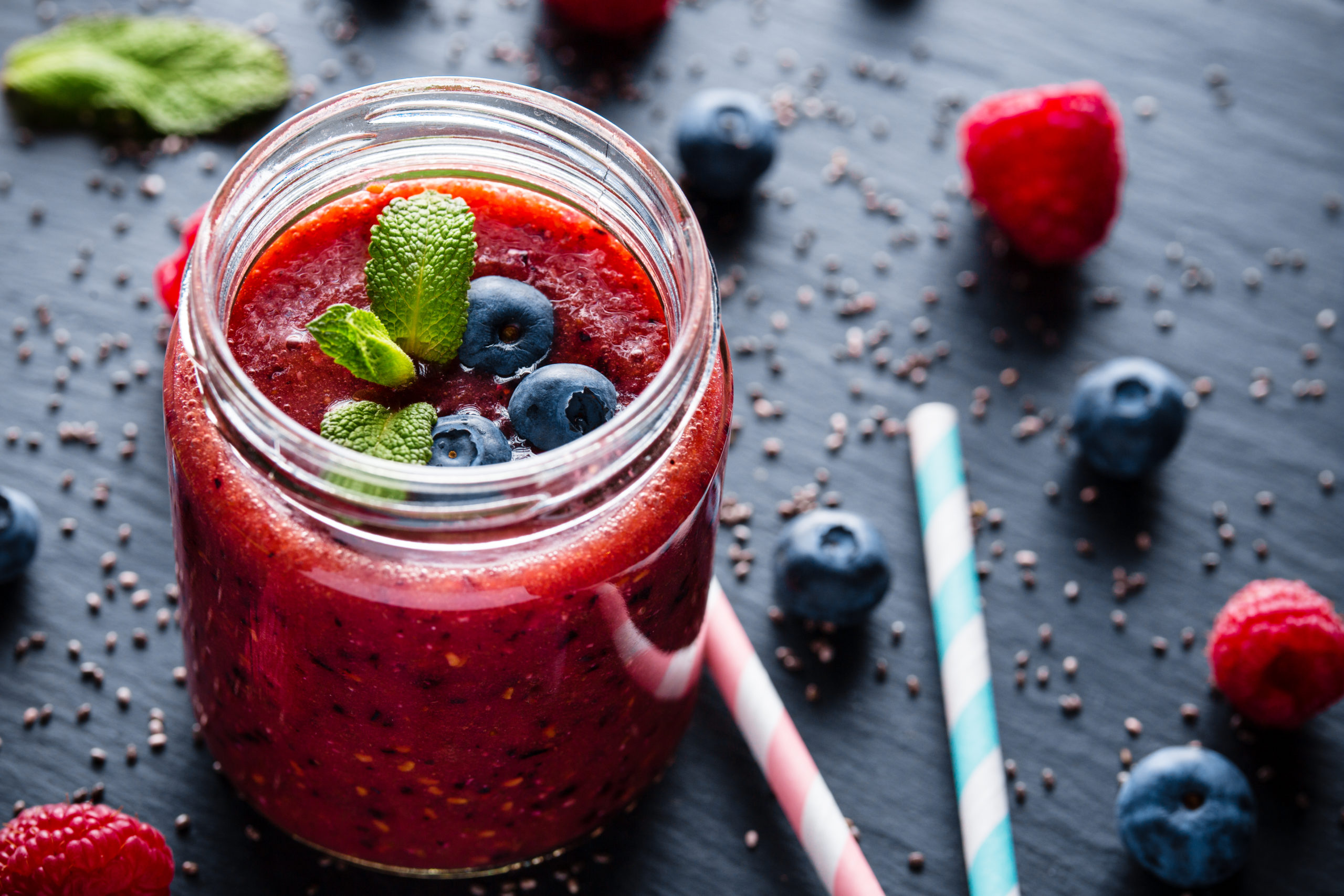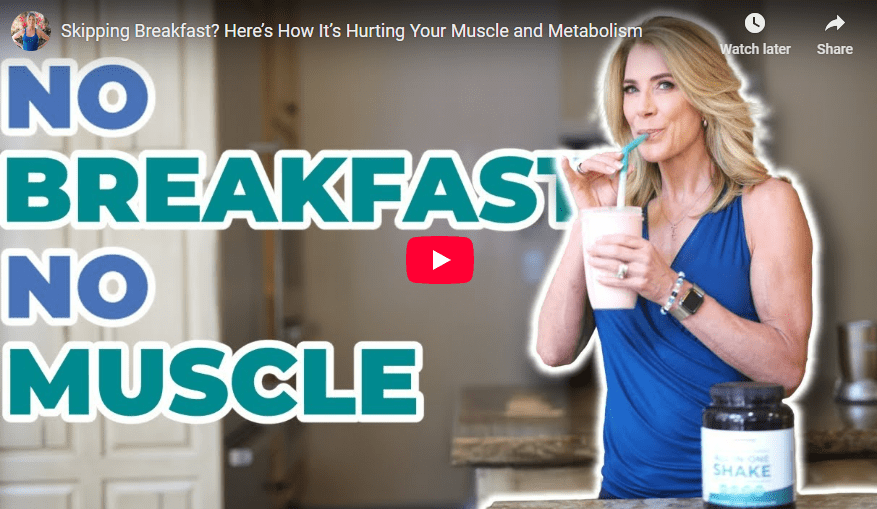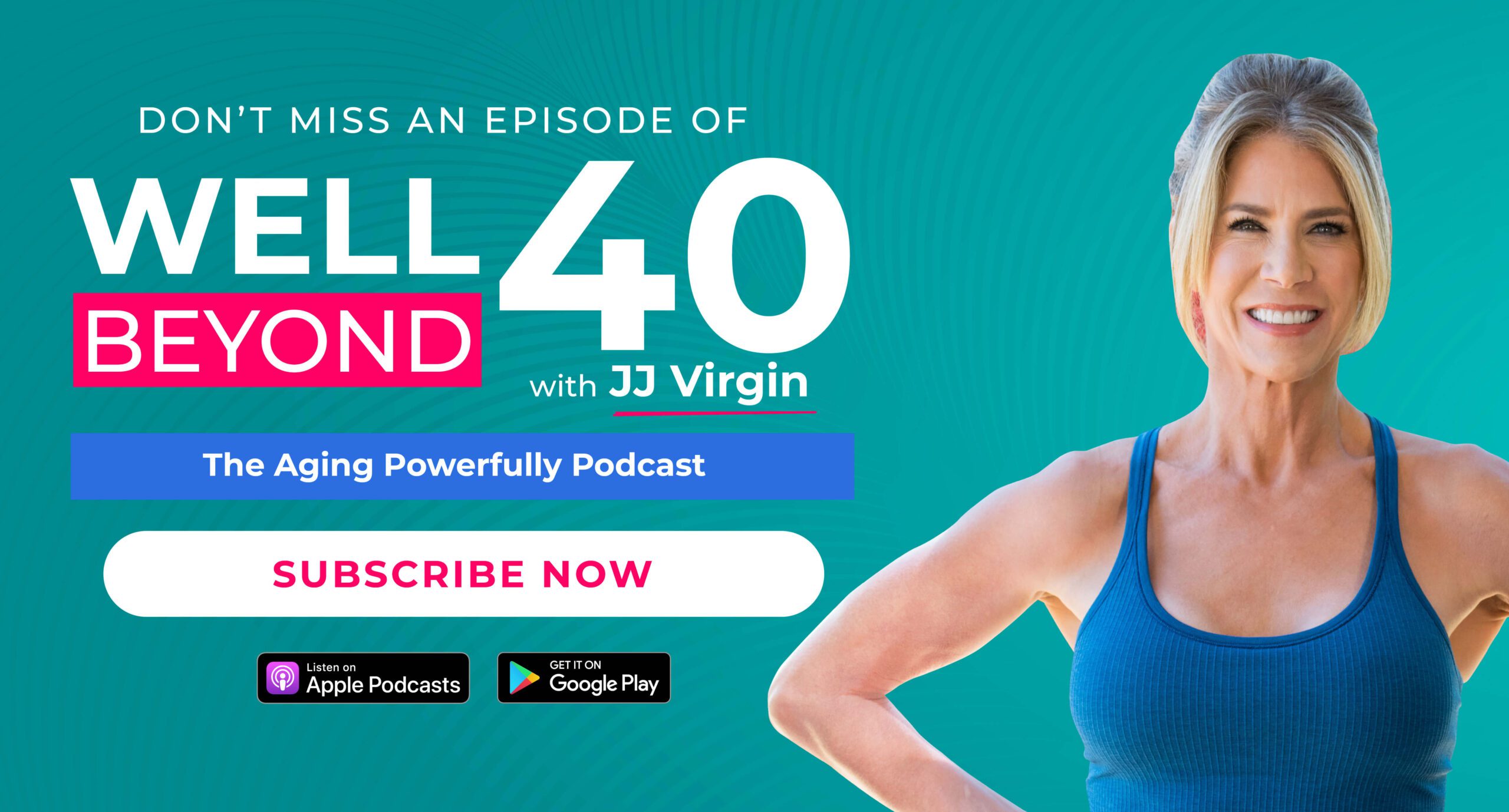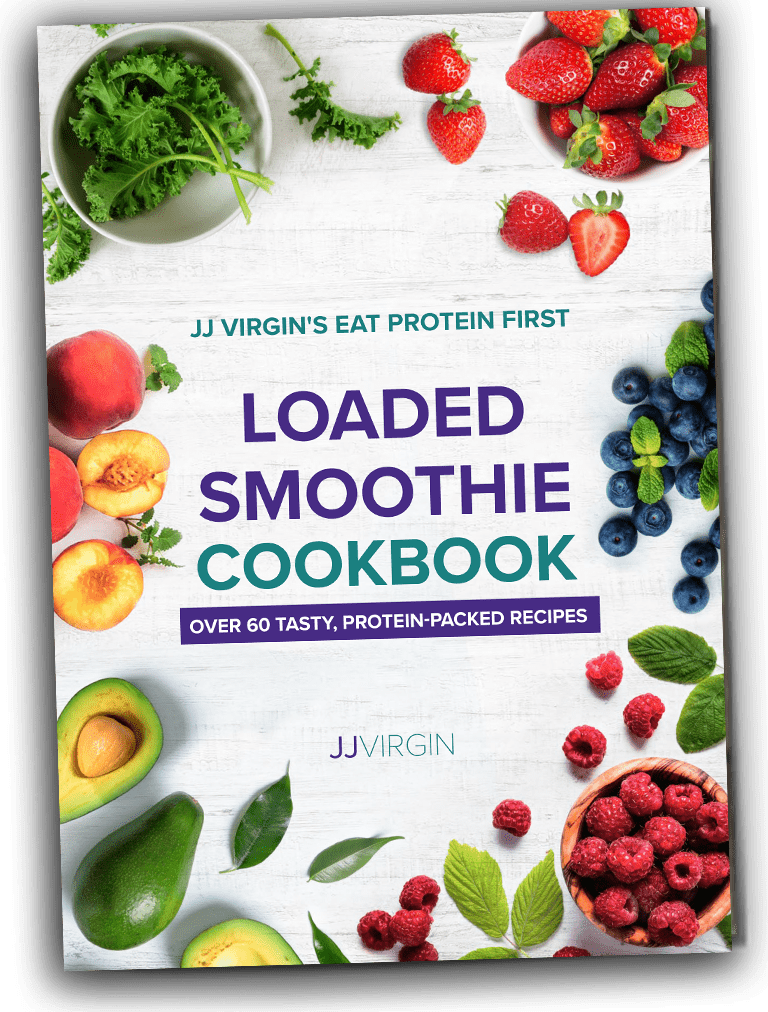First things first to clear up any confusion: Shakes and smoothies are really the same thing! That’s why you’ll often hear me use the terms interchangeably in my blogs, books, and on my Ask the Health Expert show.
When made with the right ingredients, both can be a healthy meal replacement drink that speeds up your metabolism, gives you great energy, and keeps you satisfied for hours. Those ingredients are protein, healthy fats, and fiber… but this is where a lot of juice-based smoothies fall short!
To help you understand the difference between the two—and learn how to create the ideal meal replacement drink—in this blog we’ll call the ones with the right ingredients “shakes” and the ones without those ingredients “juice-based smoothies.”
(But remember that both shakes and smoothies can be very healthy with the right ingredients!)
Mock Nutella®, apple chai muffins, coconut whipped cream… We’ve got all kinds of sweet treats PLUS loaded smoothies in my Smoothie Guide. Over 50 delicious, fat-burning recipes. Claim your FREE guide here.
Not All Meal Replacement Drinks Are Created Equal
All too often, juice-based smoothies are packed with hidden sources of sugar—and a lot of it. To prove my point, look no further than the “healthy” drinks offered at popular chains like Jamba Juice and Smoothie King.
Their juice-based smoothies have more than twice the amount of sugar than a jumbo bag of gummy bears. Yikes! If you wouldn’t eat 2/3 of a pound of gummy bears for breakfast, you probably don’t want their drinks for breakfast either. So what if you just make your own at home? That’s got to be healthier, right? Not exactly.
As it turns out, extra sugar is sneaking into your glass at home, too. According to a recent Google search, the most popular smoothie recipe on the internet contains:
- 1 frozen banana, peeled and sliced
- 2 cups frozen strawberries, raspberries, or cherries
- 1 cup milk
- 1/2 cup plain or vanilla yogurt
- 1/2 cup freshly squeezed orange juice
- 2 to 3 tablespoons honey or to taste
Talk about a perfect example of everything wrong in a smoothie!
Blend those ingredients together and you’re sure to create a sugar bomb that will stop weight loss and make you feel awful, plus with all that sugar you’ll be increasing your risk of developing serious health conditions, including insulin resistance, type 2 diabetes, and autoimmune issues.
It’s time to shake up your smoothie! Let’s talk about the most common issues with juice-based smoothies and how to avoid falling into their trap.
Top 5 Drawbacks of Juice-Based Smoothies
- Too Sweet
When you add a massive dose of sweet stuff to your glass, your smoothie becomes more like a sundae than a healthy meal. That triggers your body to burn sugar for fuel, essentially locking the doors to your fat cells and preventing you from being the best fat burner.
The goal is to burn fat for energy, not sugar. To do that, it’s crucial to steer clear of high Sugar Impact ingredients, including:
- Fruit juice
- Dried fruit
- Sweeteners like honey, maple syrup, and agave
- Sweetened nut milk
- Higher Sugar Impact fruit like mangoes, bananas, and dates
- Little or No Protein
A healthy shake needs clean, lean protein to help you burn fat, detoxify your system, and create steady and sustained energy so you can feel satisfied and go longer between meals. Juice-based smoothies that lack protein basically set you up for a carb-induced blood sugar crash.
Because protein doesn’t cause a spike and fall in your blood glucose levels, it helps keeps you energized and satisfied for hours. (When you add protein, you can say goodbye to juice-based smoothies that leave you starving and eyeing the vending machine by 11:00 AM.)
- Inflammatory Ingredients
One of the biggest mistakes I see with juice-based smoothies is adding inflammatory ingredients like dairy and soy. They’re two of the culprit foods most likely to lead to food intolerance and wreak havoc on your health.
If you’ve read my NYT bestseller, The Virgin Diet, then you’ve heard me explain that a negative reaction to highly reactive foods can trigger inflammation and lead to a host of uncomfortable symptoms like stubborn weight gain, joint pain, fatigue, gas and bloating, and more.
With my All-In-One Protein Shakes, it’s easy to get high-quality protein without the inflammatory ingredients that can sabotage your health.*
- Little or No Fiber
Ever notice your stomach feeling empty soon after drinking your juice-based smoothie? That’s because it didn’t have enough fiber! The ideal meal replacement drink contains multiple sources of heart-healthy, gut-healing fiber to ensure you feel full and satisfied.
To build a healthy, filling shake, start with a cup of frozen low Sugar Impact fruit like organic berries, peaches, apples, or cherries. Then, add at least 1/2 cup of greens like spinach or kale.
Next, sprinkle in a couple of teaspoons of Extra Fiber or a tablespoon of cacao nibs, chia seeds, or freshly ground flaxseed. Delicious and satisfying! *
- No Healthy Fat
In order to burn fat, you need to eat fat!
Despite what we were told back in the ‘80s, eating a low-fat diet tells your body to hang on to the fat you already have, especially around your belly. But you’re not going to get the healthy fats you need to burn away your fat stores from fruit juice or milk, which are so common in smoothie recipes.
Fat also helps trigger your satiety hormones, the compounds that tell your body you’re full. No healthy fats, and you’ll be hungry an hour after your drink your smoothie.
While fats are are key to creating the perfect shake, it’s important to choose the right kinds. My top healthy fat sources include unsweetened full-fat nut milk or yogurt, avocados, nut or seed butter, and coconut oil.
So now that you know what should and shouldn’t go into your glass when you’re making a blended meal replacement, it’s up to you whether you call it a shake or a smoothie!
Need a few more pointers? Check out my blog, 5 Protein Shake Mistakes I See All the Time.
Ever tried a lemon meringue smoothie? How about an apple pie smoothie? I’ve got recipes for these + 48 other sweet, delicious, GUILT-FREE smoothies + more in this FREE recipe guide. Claim YOUR copy here.
The views in this blog by JJ Virgin should never be used as a substitute for professional medical advice. Please work with a healthcare practitioner concerning any medical problem or concern. The information here is not intended to diagnose, treat, or prevent any disease or condition. Statements contained here have not been evaluated by the Food and Drug Administration.
*These statements have not been evaluated by the Food and Drug Administration. This product is not intended to diagnose, treat, cure, or prevent any disease.





